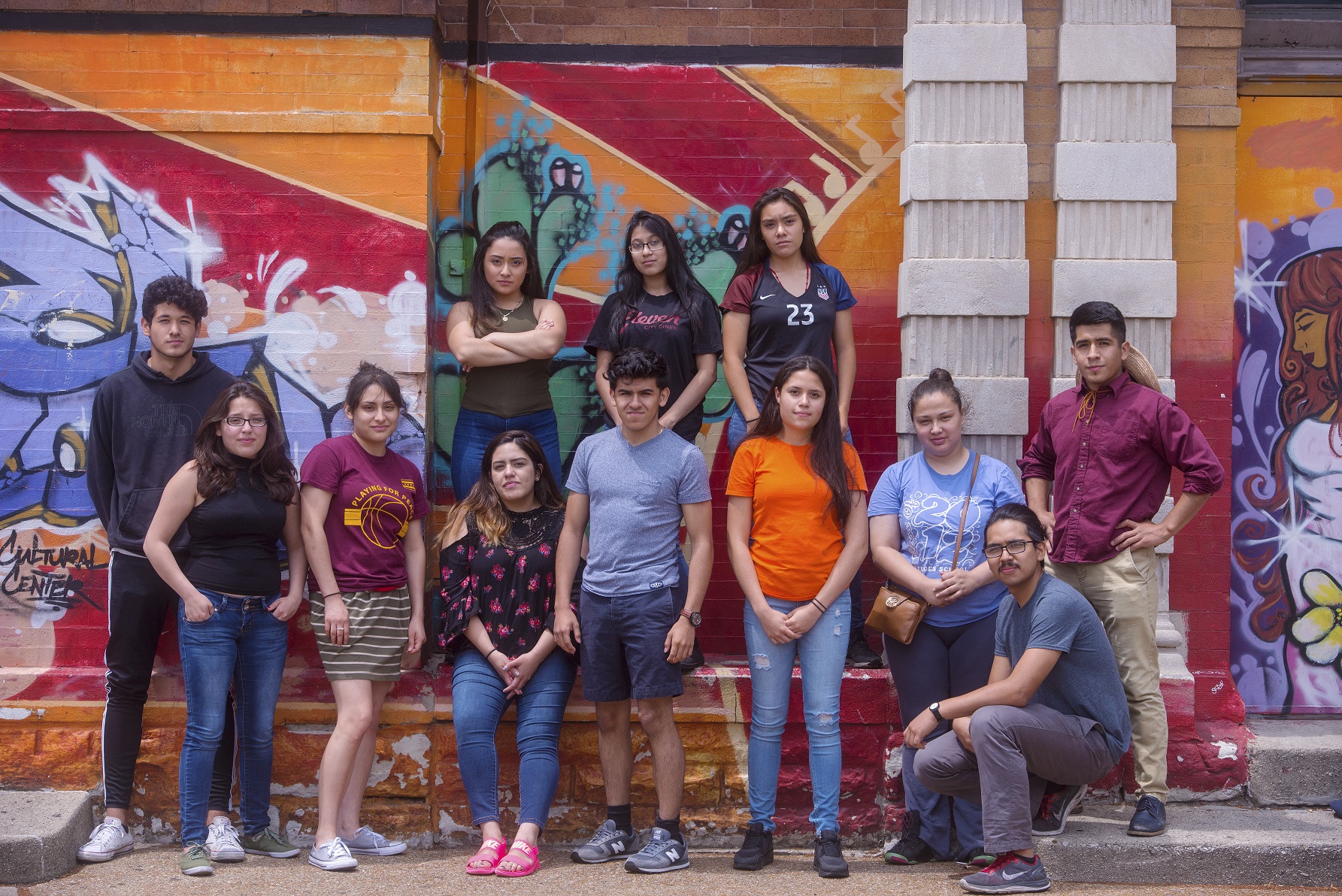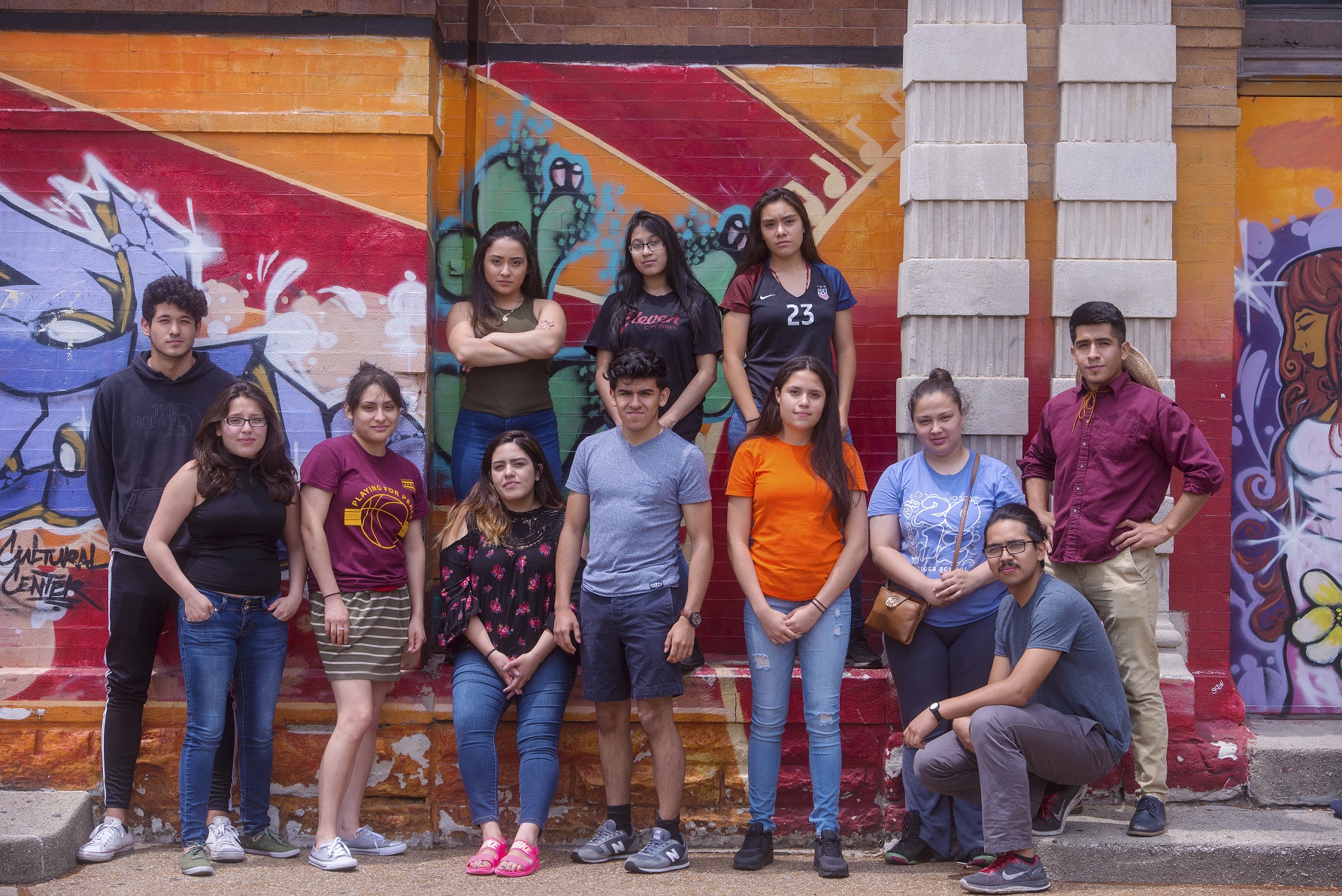This spring, the U.S. census will try to complete another direct count of all residents, including citizens, legal residents, long-term visitors, and undocumented immigrants. It compiles a wide range of data, including age, sex, race, income, education, and languages spoken at home. This information is the foundation for decisions that affect every aspect of modern life. It provides crucial insights for CMAP and local governments, businesses, and nonprofits for planning and investment decisions across our region.
COVID-19 (coronavirus) presents an unprecedented challenge to getting a complete count. The U.S. Census Bureau has had to reduce and even suspend its outreach efforts, including in-person census takers. Now, more than ever, it is important that residents respond to the census online, by phone, or by mail.

Why is the census important?
Conducted every 10 years, the census tells us about who we are and how we’re changing. We learn about the size of our population, areas that are losing or gaining residents, and how this impacts political representation, among other insights. Census data are used in CMAP’s analyses as well as those of local governments, businesses, and nonprofits.
Census information is important to the region for many reasons, including because it shapes:
-
Urgent and long-term decisions
-
Where federal resources go
Census data inform urgent and long-term decisions
The census provides the highest quality and most consistent demographic information about the region. Local governments, businesses, and nonprofits use that information to understand our region and make important decisions, identify potential investment opportunities, or target new customers.
CMAP also uses census data. We relied on this information to set the priorities in ON TO 2050, our comprehensive plan for the region. Implementing the plan requires the same high quality data
For example, Census Bureau data show that metropolitan Chicago’s population growth has stagnated as more people leave the region, immigration slows, and the region struggles to retain working age adults. Recently, the region has begun to experience an overall population decline. However, there is uneven population growth at a local level, revealing important trends by geography, age, income, and race and ethnicity. Understanding the demographic and socioeconomic conditions in our communities is critical to achieving ON TO 2050’s principles of recommendations for prioritized investment, resilience, and inclusive growth.
Census data determine where federal resources go
The 2020 Census helps direct hundreds of billions in federal spending annually. More than 100 federal programs rely on this information to distribute resources based on a specific population’s size, income, and age, among other factors.
These decisions will shape the future of important programs in our communities, including:
-
Housing assistance
-
Highway planning and construction
-
Community health centers
-
Disaster response and preparedness
-
Education grants
COVID-19 presents an unprecedented challenge
To conduct the 2020 Census, the federal government will need to count some 330 million people across more than 140 million households. This effort typically includes hiring hundreds of thousands of temporary workers to go door to door and ensure that every single U.S. resident is counted.
Due to COVID-19 (coronavirus), the Census Bureau temporarily suspended all field operations and extended the response deadline from July 31 to October 31. This could jeopardize the bureau's ability to reach hard to count populations and accurately count the U.S. population this year. In early August, the bureau announced that they would end it a month earlier on September 30.
Illinois is at risk of an undercount, particularly in communities of color. An undercount would mean billions of lost federal dollars for the region, creating further barriers to equitable reinvestment. This new deadline increases the urgency of getting a complete count of all residents in northeastern Illinois.
Be counted in the 2020 Census
To help support the Census Bureau and collect the data so many rely on, we must fill out the census and encourage others to do the same.
Fill out the census
There are three ways a household can respond to the census:
Residents can complete the census in 13 different languages: English, Spanish, Chinese, Vietnamese, Korean, Russian, Arabic, Tagalog, Polish, French, Haitian Creole, Portuguese, and Japanese. To help others answer the questionnaire, the Census Bureau also provides translated webpages and guides in 46 other languages, including American Sign Language, braille, and large print.
Submitting a census response on your own can help protect the health and safety of bureau employees and the broader American public, while shaping the future of your community.
Join CMAP in encouraging others to participate
We encourage you to share your story by taking a picture of yourself filling out the census and posting to social media, tagging CMAP on Facebook, Instagram, LinkedIn, or Twitter and using the hashtag #BeCounted.
For more information and resources to get the word out in your community, visit the U.S. Census Bureau and Illinois Complete Count Commission.
